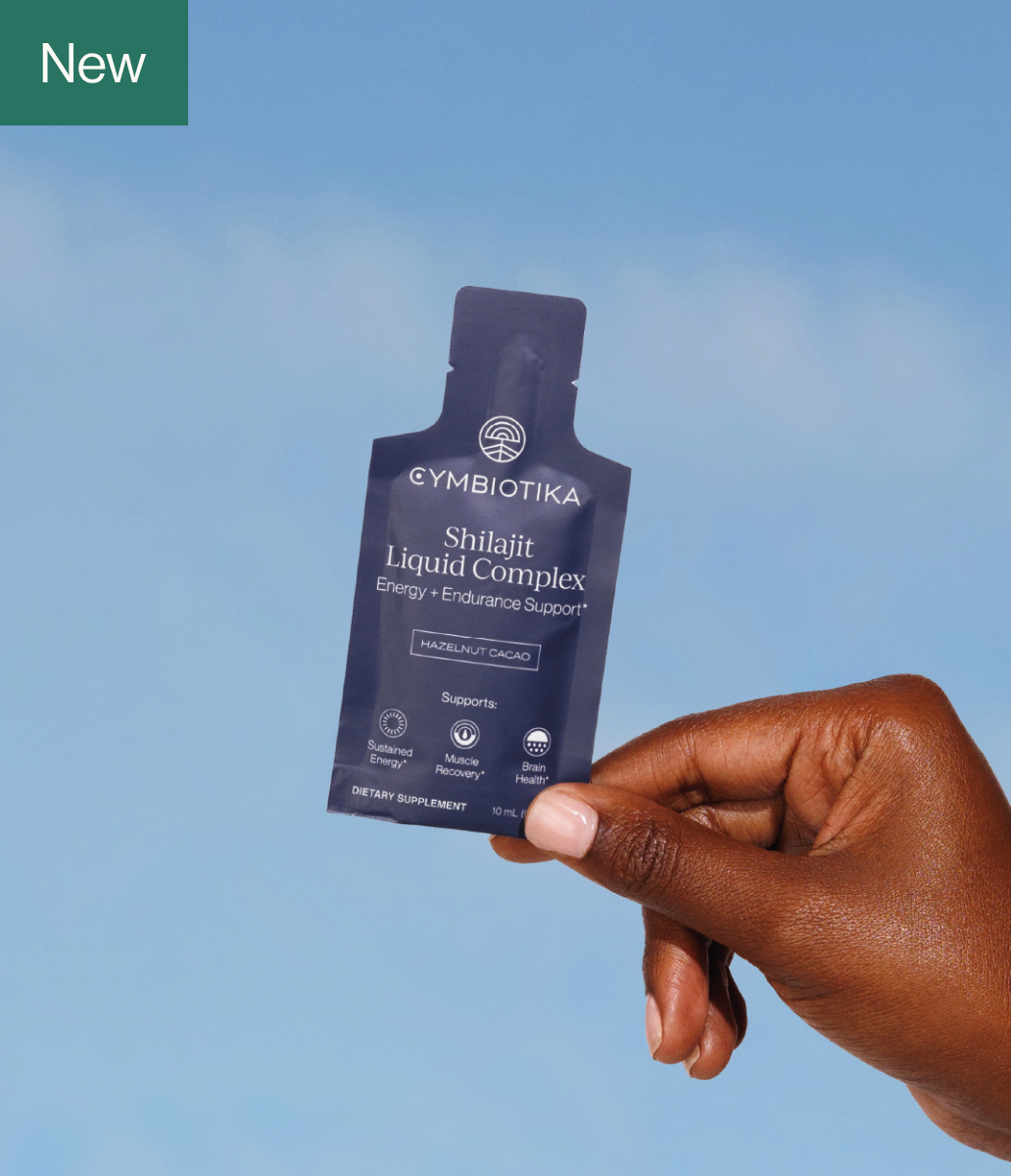Table of Contents
- Introduction
- Understanding Cardio and Its Role in Fat Burning
- The Power of Strength Training
- High-Intensity Interval Training (HIIT): The Best of Both Worlds
- Creating a Balanced Workout Routine
- Conclusion
- FAQ
Introduction
When we think about burning fat, the image of a treadmill or a stationary bike often comes to mind. Cardio workouts have long been hailed as a go-to strategy for shedding unwanted pounds. But is cardio truly the best way to burn fat, or is there more to the story?
Surprisingly, research indicates that while cardio exercises effectively increase calorie burn during workouts, they are not the only—and perhaps not the best—method for fat loss. Studies show that a combination of different exercise modalities can yield more effective results. This blog post aims to unravel the complexities of weight loss through various forms of exercise, including cardio, strength training, and high-intensity interval training (HIIT).
In our exploration, we will delve into the science behind fat burning, the role of different types of exercises, and how they contribute to weight management. By the end, you'll have a clearer understanding of how to incorporate effective strategies to achieve your fitness goals.
Together, we will discuss:
- The physiological effects of cardio and its role in fat burning
- The benefits of strength training and how it complements cardio
- An overview of HIIT and its effectiveness
- Practical tips for creating a balanced workout routine
- How to incorporate our supplements into your fitness journey for optimal results
So, let’s lace up our shoes and get started on this journey to uncover whether cardio is indeed the best way to burn fat!
Understanding Cardio and Its Role in Fat Burning
What is Cardio?
Cardiovascular exercise, commonly referred to as cardio, encompasses any exercise that raises your heart rate and increases blood circulation. Typical forms of cardio include running, cycling, swimming, and even brisk walking. The primary goal of cardio is to improve cardiovascular health and endurance while burning calories in the process.
How Cardio Burns Fat
When engaging in cardio, your body primarily uses glucose (from carbohydrates) and fat as fuel. During moderate-intensity cardio, such as jogging, a higher percentage of calories burned comes from fat. However, the total calorie burn is generally higher with intense cardio sessions, where the body tends to rely more on carbohydrates.
According to the Centers for Disease Control and Prevention (CDC), adults should aim for at least 150 minutes of moderate-intensity aerobic activity each week for optimal health benefits. This could translate to approximately 30 minutes of cardio on most days.
The Caloric Deficit Equation
To lose weight, it’s essential to create a caloric deficit—burning more calories than you consume. While cardio can effectively help achieve this deficit, it's important to remember that diet plays an equally crucial role. A balanced diet, combined with regular cardiovascular exercise, can lead to sustainable fat loss.
Summary of Cardio's Benefits
- Increases heart health and lung capacity
- Burns calories, contributing to weight loss
- Can be done in various forms, making it accessible to many
The Power of Strength Training
What is Strength Training?
Strength training involves using resistance to build muscle strength and endurance. This can be achieved through free weights, resistance bands, body-weight exercises, or weight machines. Unlike cardio, which focuses primarily on endurance, strength training emphasizes building muscle mass.
How Strength Training Affects Fat Loss
While cardio burns calories during the workout, strength training has the added benefit of boosting your resting metabolic rate (RMR). Muscle tissue requires more energy to maintain than fat tissue, meaning that the more muscle you build, the more calories you burn at rest.
Research indicates that incorporating strength training into your routine can enhance overall body composition, leading to a higher percentage of lean muscle mass and a reduction in body fat.
Combining Cardio and Strength Training
For optimal fat loss, combining both cardio and strength training is often recommended. Cardio can efficiently burn calories, while strength training helps build the muscle needed to sustain a higher metabolic rate.
Summary of Strength Training Benefits
- Increases muscle mass, which boosts metabolism
- Improves overall body composition
- Enhances strength and endurance for better performance in cardio activities
High-Intensity Interval Training (HIIT): The Best of Both Worlds
What is HIIT?
High-Intensity Interval Training (HIIT) involves short bursts of intense exercise followed by rest or low-intensity periods. This method has gained popularity due to its efficiency and effectiveness in burning calories in a shorter amount of time compared to traditional cardio.
The Efficacy of HIIT
Research suggests that HIIT can lead to significant fat loss and metabolic improvements. A study found that participants engaging in HIIT workouts experienced similar fat loss results to those performing steady-state cardio, but in significantly less time.
Additionally, HIIT workouts have been shown to elevate the post-exercise oxygen consumption (EPOC), meaning your body continues to burn calories at an elevated rate even after the workout has ended.
How to Incorporate HIIT into Your Routine
Incorporating HIIT into your fitness regimen can be straightforward. For example, you can alternate between a 30-second sprint and a 1-minute walk, repeating this cycle for 15-30 minutes.
Summary of HIIT Benefits
- Burns more calories in less time
- Increases post-exercise calorie burn
- Improves cardiovascular fitness and metabolic health
Creating a Balanced Workout Routine
Why Balance is Key
To maximize fat loss and overall fitness, a balanced exercise routine should include a mix of cardio, strength training, and flexibility exercises. This not only prevents boredom but also ensures comprehensive fitness improvements.
Sample Weekly Workout Plan
- Monday: 30 minutes of moderate-intensity cardio (e.g., jogging)
- Tuesday: Strength training targeting major muscle groups
- Wednesday: HIIT session (20-30 minutes)
- Thursday: Active recovery (e.g., yoga or stretching)
- Friday: 30 minutes of cycling or swimming
- Saturday: Full-body strength training
- Sunday: Rest or light activity (e.g., walking)
Nutrition and Supplementation
In conjunction with your workout routine, proper nutrition is vital for optimal results. At Cymbiotika, we believe that wellness starts with trust. Our supplements are designed to help support your fitness goals while ensuring transparency and high-quality, science-backed ingredients.
Consider taking our fitness supplements, which are formulated to support energy levels, recovery, and overall wellness. For personalized recommendations, we invite you to take our AI quiz to discover the best products for your unique needs: Cymbiotika Quiz.
Conclusion
So, is cardio the best way to burn fat? The answer isn't as straightforward as it might seem. While cardio is an effective tool for burning calories and improving cardiovascular health, incorporating strength training and HIIT into your routine can enhance fat loss and overall fitness.
In our journey towards wellness, it is essential to adopt a balanced approach that includes various exercise modalities, a nutritious diet, and, where appropriate, high-quality supplements. By doing so, we empower ourselves to take control of our health and achieve sustainable results.
If you’re ready to start your fitness journey or enhance your current routine, consider exploring our Fitness Supplements Collection and taking our quiz to find the best products for your unique needs.
FAQ
1. What type of cardio is best for fat loss?
The best type of cardio for fat loss is one that you enjoy and can maintain consistently. High-intensity workouts, such as HIIT, can be particularly effective, but steady-state cardio also promotes fat burning.
2. How often should I do cardio to lose weight?
For effective weight loss, aim for at least 150 minutes of moderate-intensity cardio each week, combined with strength training two to three times a week.
3. Can I lose weight just by lifting weights?
Yes, weightlifting can lead to fat loss by increasing your muscle mass, which in turn boosts your metabolic rate. However, combining it with cardio can enhance results.
4. Is HIIT better than steady-state cardio?
HIIT can be more efficient for fat loss due to its ability to burn more calories in less time and create a higher post-exercise calorie burn. However, both forms of exercise have their benefits.
5. How important is nutrition in fat loss?
Nutrition plays a crucial role in fat loss. Creating a caloric deficit through a balanced diet, combined with regular exercise, is essential for achieving and maintaining weight loss.
*These statements have not been evaluated by the Food and Drug Administration. This product is not intended to diagnose, treat, cure, or prevent any disease.





















